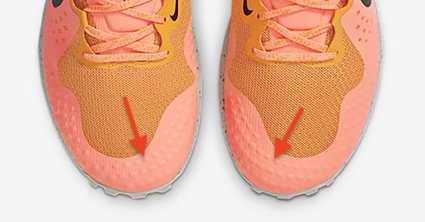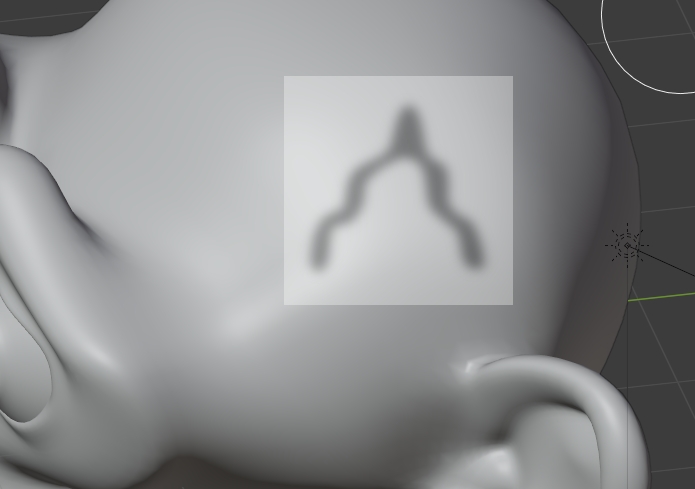I'm trying to figure out how to model small and weir details above a curved surface like a shoe's sole. Here a couple examples:
- In this case the detail on the sole also fades. Is this modeled or sculpted with a brush?
- Here the details are all around to the curved surface and they starts from the lower part of the sole and continues on the side and they looks all at the same distance between them, how could it be made?
Thanks a lot in advance!
















